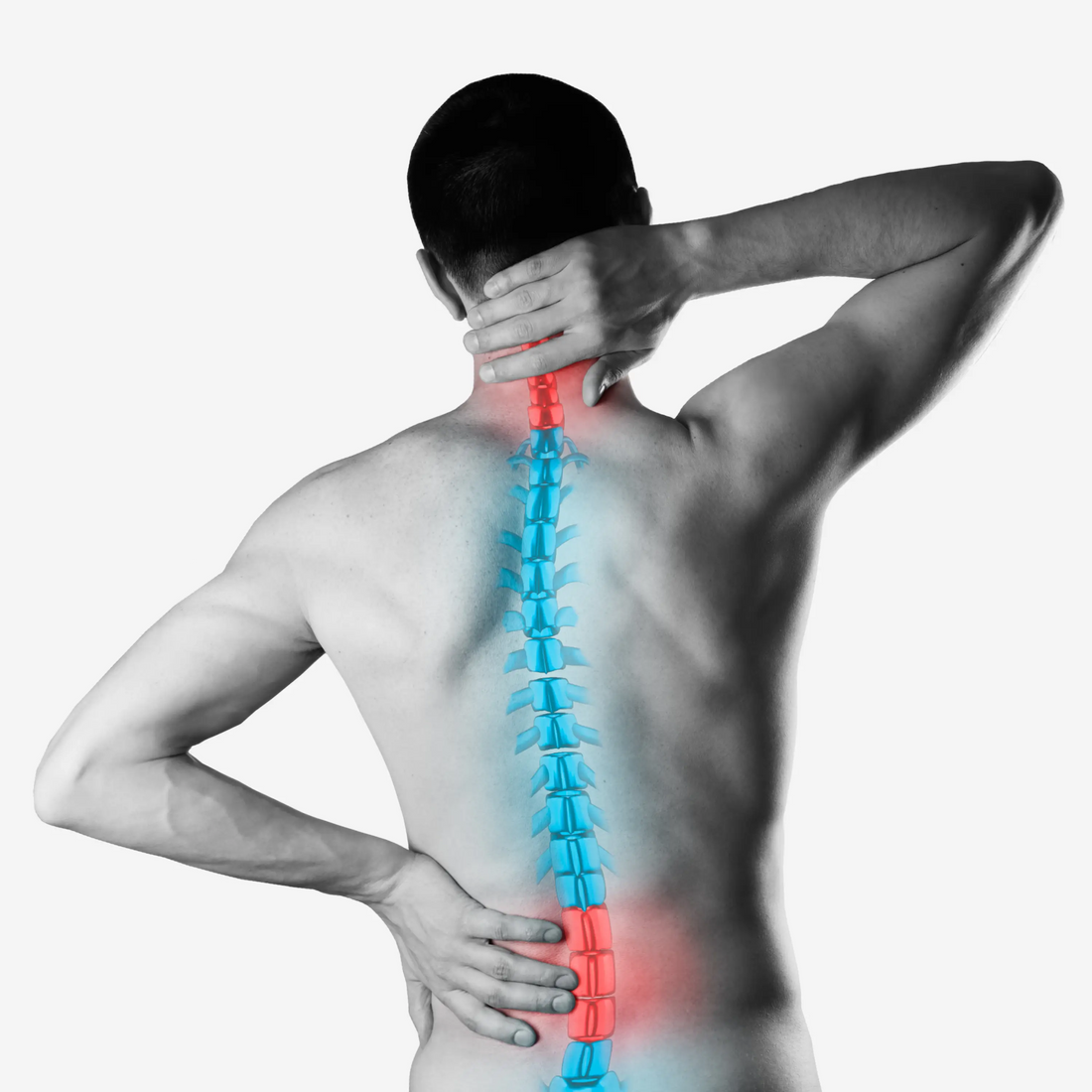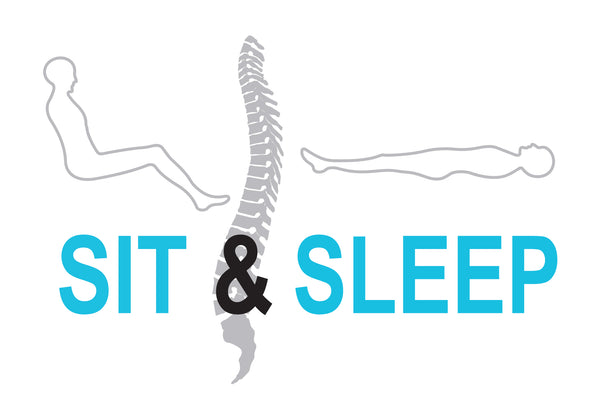
Can my mattress cause back problems?
Sleep is good for our health, so it's crucial that you get the most out of it. Complaints aren't part of that. During the day, you're conscious and can consciously manage your posture and correct it if necessary. While you sleep, you have no control over this, and this task is delegated to the mattress. Almost all mattresses are constructed in different zones that provide the desired support for each part of the body. Unfortunately, with standard mattresses, these zones are based on the average person, but every body is different and therefore requires different support.
If a mattress doesn't suit your body proportions, you might sleep too hard or too soft. This can push your spine out of its natural curves, causing back and neck problems, among other things.
A bad mattress can have several negative consequences:
· (lower) back and neck complaints;
· restless legs;
· lots of tossing and turning in bed;
· tingling fingers and poor circulation.
Can a good mattress reduce back pain?
A good mattress shouldn't be too hard or too soft, but should have the right firmness. Mattresses that come in only one firmness, the so-called "one-fits-all" mattresses, rarely work well.
Research shows that sleeping on a mattress that is too hard is more likely to cause pain in bed and pain when getting up than a softer mattress.
Back and neck pain can be reduced if the mattress conforms to your body's shape, distributing your weight evenly across its surface. It should be firm enough to provide efficient and comfortable support, but it should also respect the natural curvature of your spine, allowing room for your shoulders and pelvis.
What should you pay attention to when buying a new mattress if you have back problems?
Back support: A neutral spinal position provides even pressure on the intervertebral discs. Your head and pelvis should be aligned. Maintaining the natural contour of your spine allows your entire back to recover optimally during sleep. It's important that your intervertebral discs can recover from the stresses they experience during the day. Think of your intervertebral discs as a kind of sponge between your vertebrae. It goes without saying that a sponge can't absorb moisture if it's constantly compressed.
Busy : Excessive pressure on skin and muscle tissue impedes proper blood flow. Therefore, it's important to keep the pressure on the skin, muscle, and nerve tissue as low as possible. This can be achieved by distributing the pressure over a large area using a soft top layer.
Movement: Choose a sleep system that encourages movement. Movement during sleep has three important functions. First, it stimulates blood flow to the muscles. Second, it prevents prolonged peak pressure in the same area. Third, movement promotes the pumping mechanism responsible for rehydrating the intervertebral discs. A sleep system should therefore allow you to easily change positions. This is more difficult with a waterbed/memory foam mattress, for example, due to their rigid structure. Excessive movement, on the other hand, can lead to restless sleep. This is especially noticeable with systems that are too firm.
Sleeping climate: Natural materials like wool, wild silk, or camel hair in your duvet and mattress cover ensure optimal ventilation. Factors like temperature and humidity largely determine whether you sleep wonderfully or only moderately. By choosing the right materials to finish your sleep system, you essentially create air conditioning in your bed. The drier you are and the more comfortable the temperature, the better you'll sleep. Therefore, be sure to carefully consider the finish of your sleep system and how it will enhance your sleeping environment.
The best mattresses to avoid back pain.
Choosing the right mattress for your back is primarily determined by considering your body type. This objectively determines whether your spine is properly supported both when lying on your back and side. Of course, comfort is also a priority; the mattress should definitely suit your taste. We often consider the mattress's finish, such as the type of cover and the thickness of the mattress.
People often consult Testaankoop to determine which mattress is best. Testaankoop compares mattresses, but primarily (60%) focuses on price. In 2020, Emma's O2 mattresses and LIDL's mattresses emerged as the winners. In practice, these two mattress types have proven to be far from satisfactory.
The right mattress ensures you maintain a good posture while you sleep and allows your body to relax. You'll notice that you wake up much more energized and without discomfort in the morning. Ultimately, that's the most important aspect of a mattress.
Research shows thatit's recommended to choose a mattress that doesn't deform the spine and distributes pressure appropriately on the body's surfaces, or provides space for specific areas like the shoulder and hip. A good mattress, therefore, follows the shape of your body, distributing weight evenly across its surface, providing adequate support for the spine, and maintaining its natural curves whether you're sleeping on your side or on your back. Researchers have also discovered that the optimal firmness of a mattress varies from person to person and is, at least to some extent, affected by movement during the night. These findings therefore imply that improving a mattress adapted to your body shape improves sleep for many people.
Choosing the right mattress depends on the base on which the mattress will lie.
Mattresses with a dimensionally stable yet adaptable structure maintain the spine's neutral position. Suitable mattresses include pocket spring mattresses and latex mattresses.
While personal preference plays a role to some extent, what matters is whether the mattress provides adequate body support. This can vary from person to person, as body shape and weight also play a role.
When you sleep on a new mattress, you may experience initial complaints Your body will be in a new position that you're not used to. This means you may experience some discomfort, such as muscle stiffness, at first. Even though your sleeping position has improved significantly, it all takes time. Getting used to a new mattress usually takes anywhere from a few days to a few weeks.


